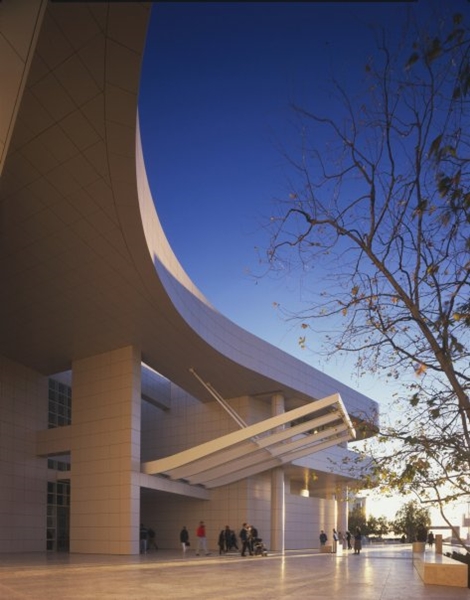Art & Exhibitions
$5 Million in New Getty Grants


Benjamin Sutton

The J. Paul Getty Trust has given out some $5 million in grants to 42 cultural organizations in anticipation of the 2017 edition of its statewide exhibition series Pacific Standard Time, which will focus on the influence of Latino and Latin American culture in Los Angeles and throughout the US. Titled “Pacific Standard Time: Los Angeles/Latin America” (or “LA/LA” for short), the five-month exhibition cycle will launch in September 2017, the Los Angeles Times reports.
After an inaugural PST in 2011, which focused on the post-war art scene in LA (and benefited from $11.1 million in Getty grants), and the 2013 edition devoted to modern architecture in Southern California (for which the Getty kicked in $3.6 million), the 2017 program is far broader, both geographically and historically. The exhibitions will cover periods from 1,000 BCE—with a show on luxury in Ancient American art co-organized by the Getty and the Metropolitan Museum—to possible near-futures, by way of the exhibition “Critical Utopias: The Art of Futurismo Latino” at the ARTSblock galleries at the University of California, Riverside.
For the time being the “LA/LA” program boasts 40 exhibitions, Los Angeles Philharmonic concerts, and three film series, as well as money for eight artists from Latin America to have residencies in Los Angeles, and funds for LA’s Music Center to recruit performing artists to participate in the programming. Exhibitions at LA’s Chinese American Museum, Japanese American National Museum, and Skirball Cultural Center will look into the ways in which Latin American culture has blended with Chinese, Japanese, and Jewish cultures, respectively.
“There’s been a bit of a divide, a boundary, with US Latinos and Latin Americans seen as doing fundamentally different work and coming out of a fundamentally different context,” Chon Noriego, director of the Chicano Studies Research Center at UCLA, told the LA Times. “The way LA/LA has been framed is a way of breaking that down a bit to explore the complexity of what has been done.”